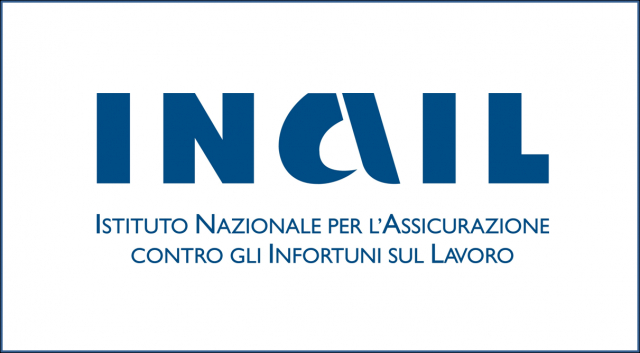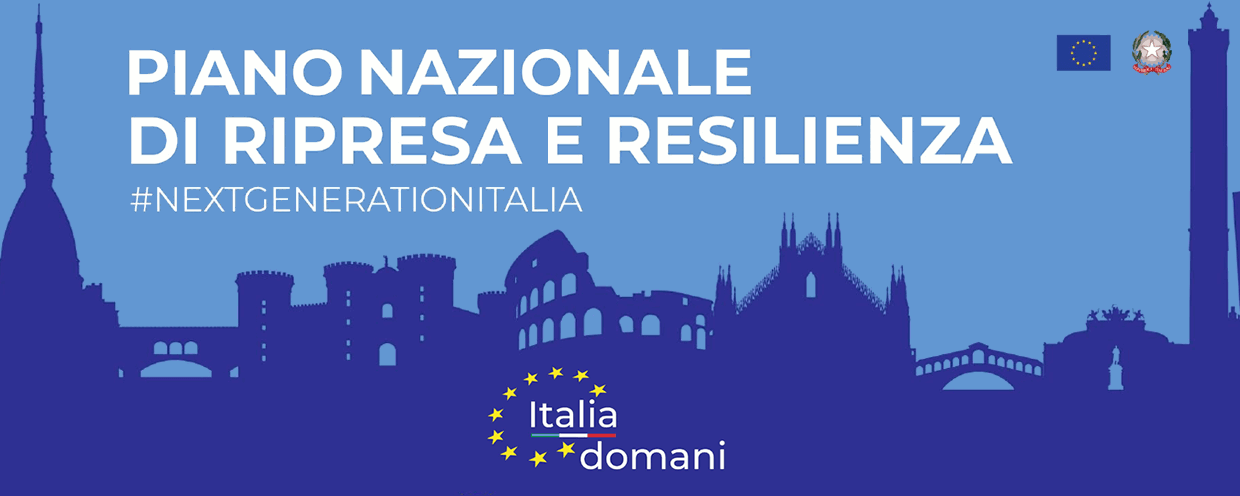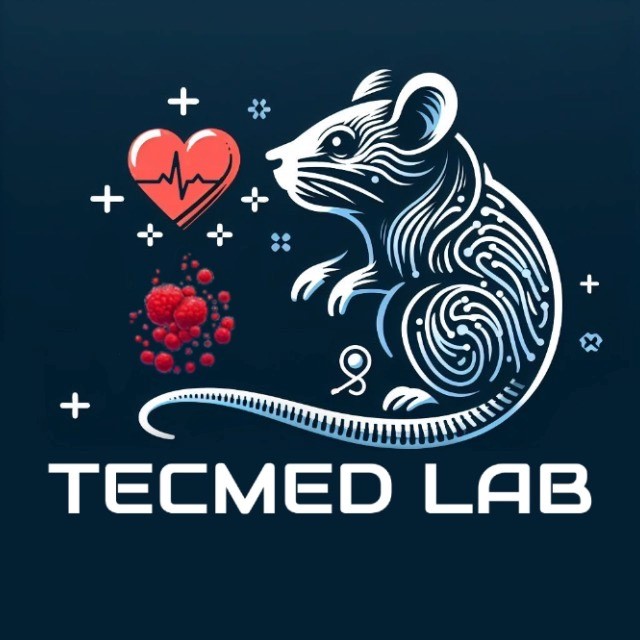Our interests focus on cardiac arrhythmia
mechanisms and possible therapies as arrhythmia is a
well-known condition that leads to sudden death in the normal and
failing heart. Specifically we applied novel medical and
customized technologies for supporting these aims. Cardiac tissue
encounters modifications that start at nanoscale levels, by
altering, locally, the physiology of the subcellular compartments,
inducing structural/functional remodeling and leading to cardiac
arrhythmia. The laboratory is equipped with the state-or
art-technologies for cardiac electrophysiology and nanophysiology:
scanning probe microscopy, non-linear microscopical imaging, LOKI
technologies, FACS, high-resolution epicardial array, computer
vision technology, optogenetics, cardiac Organoids production and
functional investigation from stem cells, long-terms EP
acquisitions, cell culture facilities.
RESEARCH PROJECTS
Dissecting
the role of neurogenic factors in Arrhythmogenic
Cardiomyopathy (PRIN 2022) 2023-2025
The proposed
research project is devoted to the understand the role of
neuro-cardio interaction in the context of arrhythmogenic
cardiomyopathy and sudden death.
Our role in the project is to dissect the mechanisms of sudden death in cardiac organoids derived from human iPSC carrying the mutation on desmoglein and plakofillin. Those cardioids will be formed by cardiomyocytes, endothelial cells and SNC neurons.
We will also provide electromechanical evaluation in KO mice for the aforementioned tight junctions and therapeutic intervention using nanocarrier contained NPY agonists, using the combination of ViKIE and MUX.
MAMELI:
MApping the Methylation of repetitive elements to track the
Exposome effects on health: the city of Legnano as a LIving
lab. ERC Consolidator GRANT 2023-2028
The
MAMELI Project (Multidisciplinary Approaches to the study of
MEtabolic and Lifestyle-related diseases in Italy) is a
large-scale Italian research initiative, led by Prof.
Valentina Bollati (UNIMI) focused on understanding and
preventing metabolic and lifestyle-related diseases, such as
obesity, diabetes, and cardiovascular disorders. Its primary
goal is to investigate how genetic predisposition, dietary
habits, physical activity, and environmental factors interact
to influence these conditions. By combining population-based
studies with advanced omics technologies (including genomics
and metabolomics), the project aims to identify early risk
biomarkers and develop personalized prevention strategies.
The research involves collaboration among hospitals,
universities, and research centers across Italy, leveraging
longitudinal and cross-sectional data to assess disease
patterns. Beyond scientific discovery, MAMELI seeks to
translate its findings into practical health policies and
public guidelines, promoting healthier lifestyles and reducing
the societal burden of metabolic diseases. Led by the
University of Milan, the project brings together experts in
medicine, biology, and public health to foster a
multidisciplinary approach to tackling these widespread health
challenges.
We are working on esposomic data extracted from a smartwatch on > 6000 subject and correlates with air pollution, life styles, urban stressors. Homepage - Mameli
YIRG:
Young Research Investigator Grant. Organoids on a Chip for
the investigation of inherited cardiac arrhythmias.
2022-2025
The project focus on the formation of 4 postdocs in one of the
thematic of PNR 2021-2027: the recapitulation of inherited
diseases in-vitro. For achieving this, we employed human iPSC
derived in Cardiomyocytes for building organoids for functional
and molecular HTS, in the LOKI System. A new Bioreactor with novel
technologies are on the go for pursuing the aims of the project.
Thanks with the collaboration with DIA and SCVSA Departments @UNIPR. Arrhythmia will be
studied functional and drug screening using nanodelivery will be
investigated.The project permit to employ four different postdocs
in four different discipline.
NanoKos: Increase Research Capacities in Kosovo. Nanoparticles in Environment and Medical Research. EuropeAID BGUE-B2020-22.020102-C1-NEAR DELKOS. 2023-2025.
The project funded by EU focus on the investigation of
inhalable nanoparticles from environmental and medical research
with the final aim to implement research capacites in Kosovo.
Student and postdoc from University of Pristina will join our Lab,
King's College and University of Milan for their formation based
on this sharing project on cardiovascular disease and (nano)
therapies for strengthening the collaboration among groups.
Starting month March 2023
Novel Nanomaterials
for cardiovascular nanomedicine: SPOKE 1, Materials for
sustainability and ecological transition. WP4: Advanced
materials and devices for health industry, diagnostics and
therapeutics with a one-Health approach. Source of Funding :
PNRR : Next Generation EU: 2022-2025
The first subproject aims to develop and test nanomaterials for cardiovascular nanomedicine: in details we are producing and testing Silicon Carbide Conductive Nanowires capable to synthetically reinstate impulse propagaiton in the heart (please see our recent Nature Communications article). In this project we aim to approach SiC-NWs for terminating sustained arrhythmias.
The second subproject aims to develop nanoparticles capable to release pharmaceutical compounds after inhalation at the pulmonary and cardiovascular level and after application at ocular level. A patent is pending for the administration procedure of the nanoparticles. This project adopt 3D biopriting for developing materials capable to local release pharmacological compounds.
AVATHEART: Dissecting the Role of
Impairment in Contractility in Hypoplastic Left Heart Syndrome
by Organoids on a chip Technology. Source of Funding :
FIL-UNIPR 2024-2026 + FIL-Azione C 2025-2027
PAST
GRANTS
Novel molecular probes
for 4D sensing of electromechanical activity in cardiac
tissue (PR-4D-EMA) 2021-2024
The proposed
research project is devoted to the design and synthesis of
electrochromic and mechanochromic fluorophores working as
highly sensitive probes of membrane potential and tension in
cells. The stained specimens will be investigated thanks to
the recently installed multiphoton microscope, a brand-new
facility of the Parma University @ the Department of
Chemistry, Life Sciences and Environmental Sustainability.
Multiphoton microscopy provides 3D fluorescence imaging based
on a multiphoton excitation, leading to in-depth imaging up to
2 mm, with sub-micrometer spatial resolution. Sensing in the
4D space-time will then be possible for any variable (electric
field, strain, shear stress, etc.) that induces changes in the
emission spectrum for the evaluation of electromechanical
coupling.
We are developing, in collaboration with the Bio engineer
Department and Mathematical Department at University of Pavia, and
the University of Verona a new method for studying kinematic
evaluation of cardiac contraction (ViKiE) at high spatial and
temporal resolutions. The ViKiE computer vision technology is part
of the new European Project on Personalized Medicine ERAPERMED
that aims to acquire right ventricular performance in patients
during Left ventricular assistant device implantation.
The system works in a different way as compared to the commercial ones: briefly, we are recording, in a contact-less fashion manner, the cardiac beating cycle from a beating syncytium, ranging from a single sarcomere of the cardiomyocyte to the entire heart with a high-speed bright-field camera for 1-5 sec. From the video file, a customized algorithm follows the trajectories of a given location during contraction/relaxation processes and returns Hamiltonian mechanical equations such as force, contraction velocity, kinetic energy and displacement. In clinics, VikiE works in parallel with trans-esophageal ecocardiografy during open-chest cardiac surgery and return, in real-time, prognostics and diagnostic values to the surgeons. LVAD-STRAT
New method for predict arrhythmia in Obstructive sleep Apnea Patients: The project SLEEP@SA 2019-2022
SLEEP@SA is a funded project from BRIC INAIL where our team are entitle to develop an Artificial Intelligence able to predict the worsening of cardiac dysfunction in OSA patients. In details we will acquire from worker (pilots, drivers that have a unbalanced biorhythm) ECG, BP and stress biomarkers. All acquired and analyzed data will feed a machine learning for developing such prediction more information at SLEEPOSAS webiste .
Nanoparticles
and cardiac drug delivery: targeting the disease heart via
respiratory pathway. The Project CUPIDO 2017-2021
This is indeed, the other side of the coin, i.e. developing
nanoparticles able to carry and deliver specific drugs to the
failing heart (such as microRNAs or specific peptides). This is
possible with manipulation of the physicochemical nanoparticle
characteristics. The goal of this subproject, conducted in
collaboration with the Department of Life Science University of
Parma, IRGB-CNR and ISTEC-CNR, joint partners in the European
Project Cupido, is to obtain a deeper understating of the
possibility to use electrically charged nanoparticles (promising
results are obtained with calcium phosphate nanoparticles) for
carrying drugs specifically to the failing heart. more details at:
www.cupidoproject.eu
FUNDING AGENCIES










